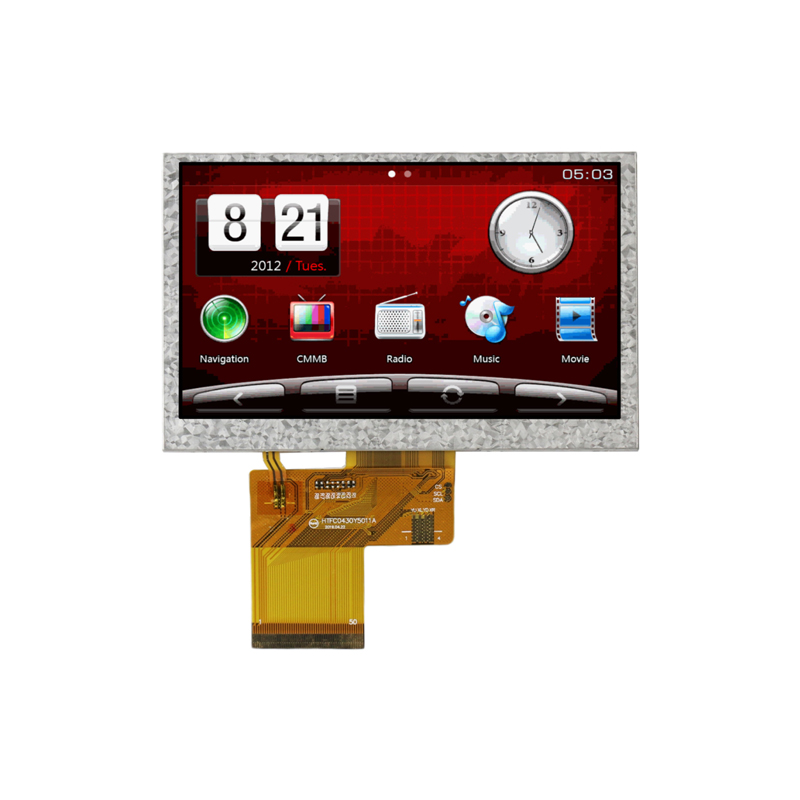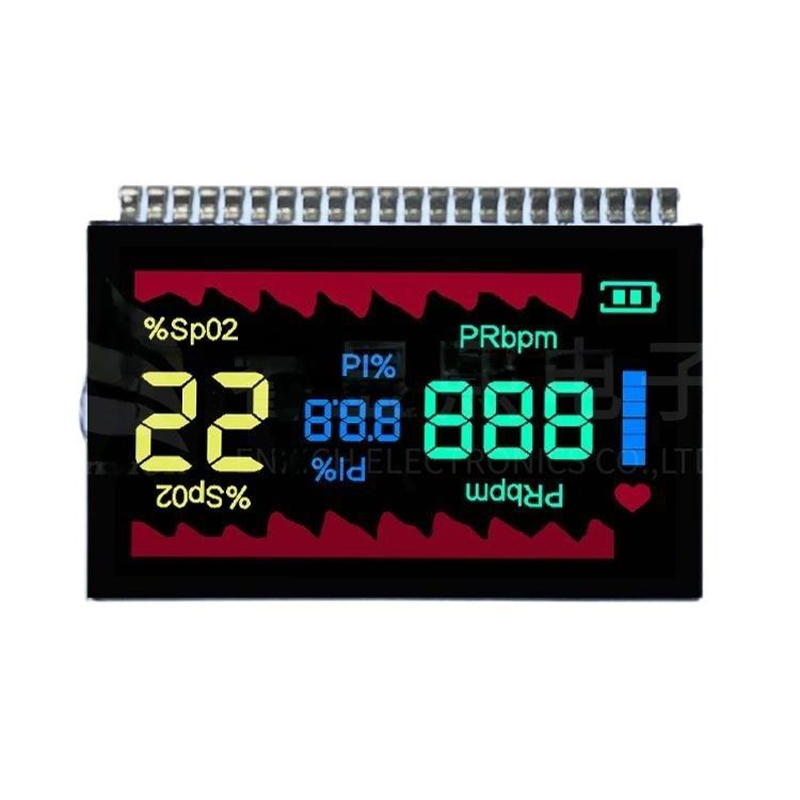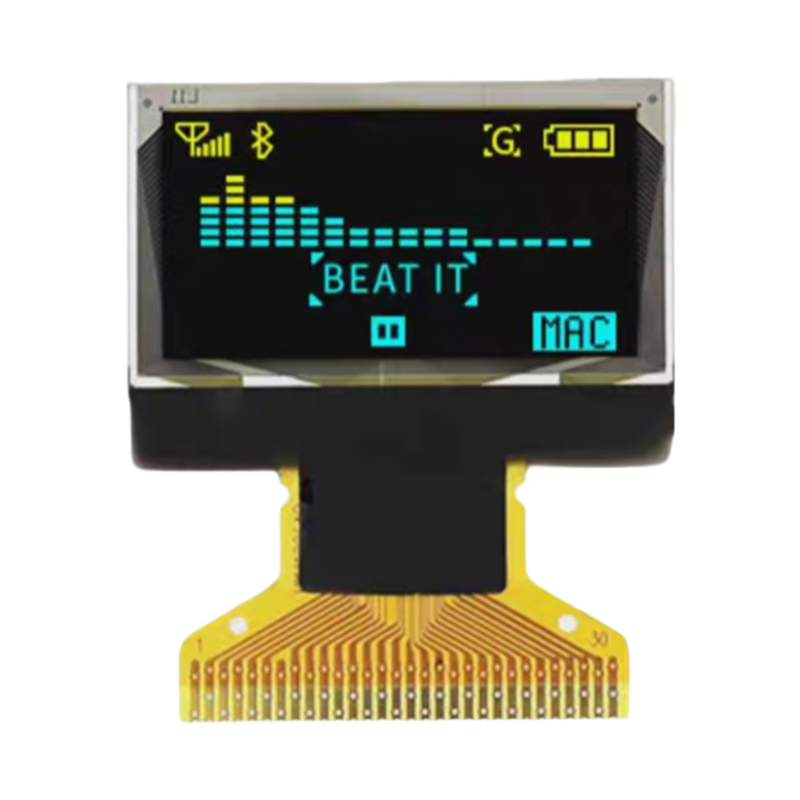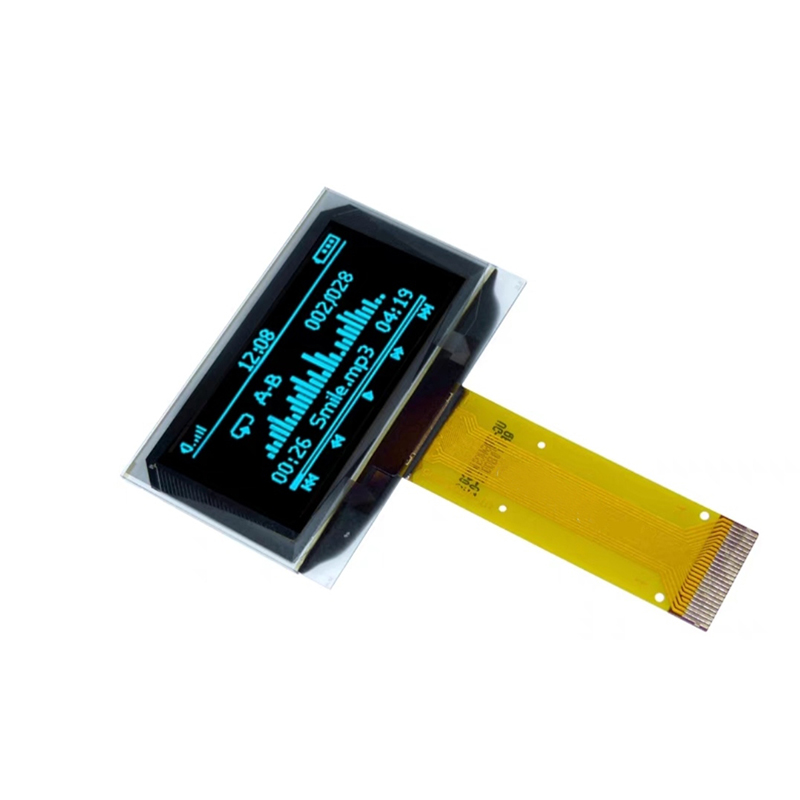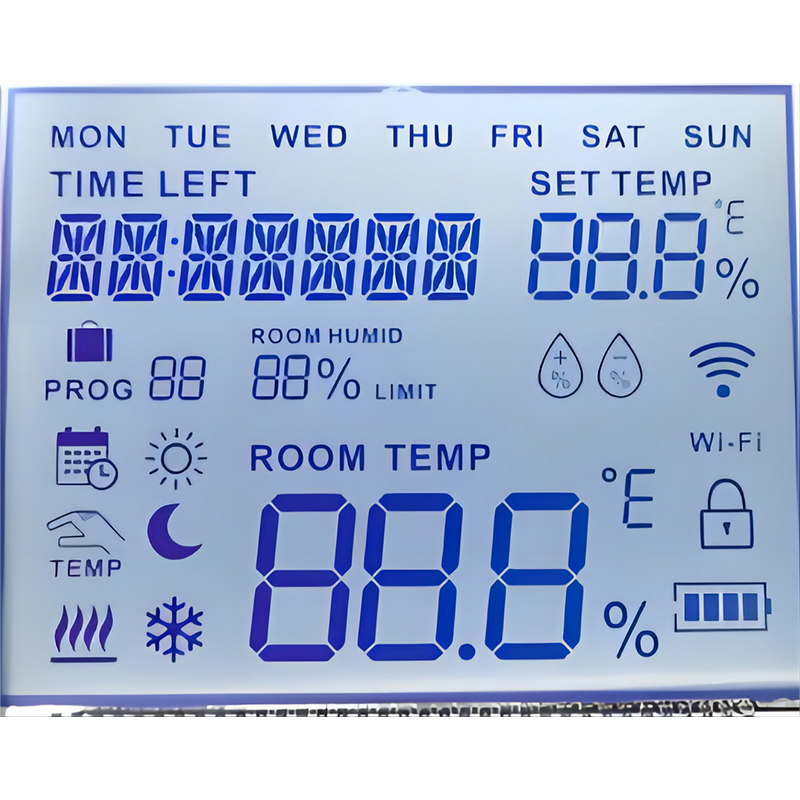
Choosing the right LCD display can significantly impact your productivity, entertainment, and overall experience. Whether you're a professional designer, a gamer, or simply looking for an improved home viewing experience, understanding the nuances of LCD technology is crucial. This guide delves into the essential aspects to consider when selecting a Best LCD display, ensuring you make the best purchase for your specific needs. We'll explore different panel types, resolutions, and features to help you navigate the world of LCD displays with confidence.
The market offers various LCD display panel types, each with its strengths and weaknesses. Twisted Nematic (TN), In-Plane Switching (IPS), and Vertical Alignment (VA) are the most common. TN panels offer faster response times, ideal for gaming, but often suffer from poor viewing angles and color accuracy. IPS panels, on the other hand, boast superior color accuracy and wider viewing angles, making them perfect for photo and video editing. VA panels strike a balance, offering good contrast ratios and deep blacks, but might have slightly slower response times than TN panels. The best type for you depends entirely on your priorities.
Resolution, measured in pixels (e.g., 1920x1080, 3840x2160), directly impacts the sharpness and detail of the image. Higher resolutions provide sharper images, but also demand more processing power. The aspect ratio (e.g., 16:9, 21:9) determines the screen's width-to-height proportion. 16:9 is the standard for most displays, while 21:9 offers a wider, more immersive experience, ideal for productivity and gaming. Consider your usage scenario when deciding on the optimal resolution and aspect ratio for your Best LCD display.
Beyond resolution and panel type, several other features significantly impact the LCD display experience. These include refresh rate (measured in Hertz, Hz), response time (measured in milliseconds, ms), and brightness (measured in nits). Higher refresh rates reduce motion blur, while faster response times minimize ghosting, both vital for gaming. Brightness influences the visibility of the screen in different lighting conditions. Additionally, features like HDR (High Dynamic Range) support, adaptive sync technologies (like FreeSync or G-Sync), and built-in speakers can enhance your viewing experience.
Several reputable brands consistently produce high-quality LCD displays. Consider researching models from brands like Dell, ASUS, Samsung, LG, and others. Read reviews and compare specifications before making your purchase. For example, a high-end gaming monitor might prioritize a high refresh rate and response time, whereas a professional graphics monitor might prioritize color accuracy and wide color gamut. Remember to check the warranty and customer support offered by the manufacturer.
Before you buy, carefully consider your specific requirements. What will you primarily use the LCD display for? Gaming, photo editing, general office work, or home entertainment? Your answer will significantly impact your choice of panel type, resolution, and other features. For example, a designer would prioritize color accuracy, while a gamer would prioritize refresh rate and response time. Creating a checklist of your needs will simplify the selection process and help you find the Best LCD display that perfectly suits your needs.
This is covered in detail in the Types of LCD Panels section above.
The optimal resolution depends on your usage and budget. Higher resolutions like 4K (3840x2160) offer greater detail, but require more powerful hardware. 1080p (1920x1080) remains a popular and cost-effective option.
Refresh rate is crucial for gaming and fast-paced video content. Higher refresh rates (144Hz or higher) result in smoother, more responsive visuals.
Remember to compare prices and read reviews before making your final decision. We hope this guide helps you find the Best LCD display to meet your needs. For more information on high-quality LCD display solutions, explore the range offered by Dalian Eastern Display Co., Ltd. – a leading provider of innovative display technologies.

